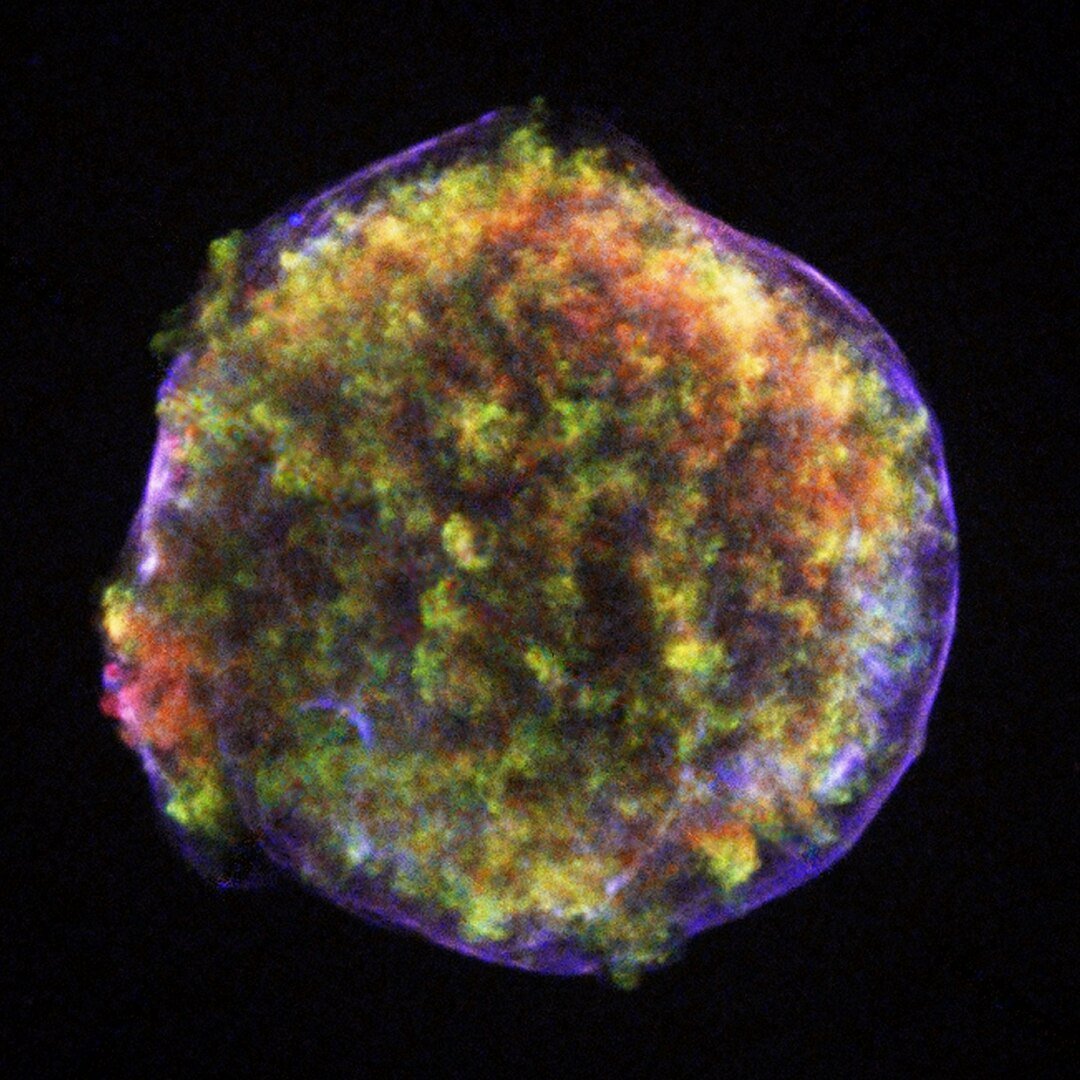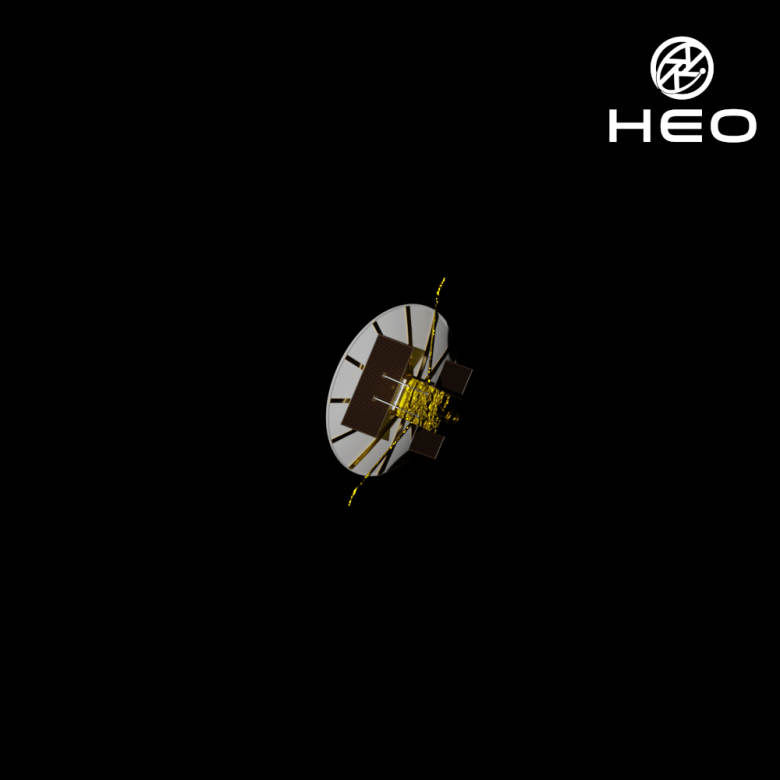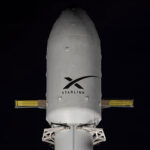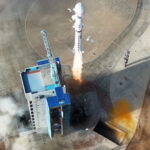Now Reading: From Analyst to AI Orchestrator: Evolving Roles in the Age of Autonomy
-
01
From Analyst to AI Orchestrator: Evolving Roles in the Age of Autonomy
From Analyst to AI Orchestrator: Evolving Roles in the Age of Autonomy

The defense and intelligence community is entering a new era of autonomy, one defined by AI-driven workflows that are reshaping how we handle geospatial intelligence (GEOINT). Agents are beginning to perform an ever-growing share of routine GEOINT tasks, including data triage, geospatial analysis, and full intelligence-product creation, and they do so at speeds humans simply can’t match. This rapid, machine-driven analysis delivers critical insights in seconds rather than hours, freeing analysts to tackle deeper strategic problems instead of wading through mountains of raw data.
But this isn’t a story of humans being replaced; it’s about liberating analysts from drudgery so they can focus on higher-value insights. Tomorrow’s analyst won’t merely interpret pixels on a screen. They’ll orchestrate AI workflows, supervise autonomous systems, and direct complex data pipelines to deliver intelligence with greater speed, precision, and strategic impact than ever before. NV5 believes the analyst is becoming the conductor of the AI Orchestrator, and the future starts now, with technology designed to put the human expert firmly in command of AI.
The Challenge: A Data Tsunami Analysts Can’t Outpace
Today’s analysts continue to face an unsustainable burden:
- More sensors, more imagery, more video, more open-source feeds, mean the sheer volume of raw geospatial data now exceeds what human teams can manually review.
- Tighter decision timelines, combined with higher expectations for accuracy, means leaders need intelligence faster, with little room for error or delay.
Traditional workflows can’t scale to the data volumes streaming in from space, air, sea, land, and cyberspace, meaning critical clues might be missed, or arrive too late, if processed manually. That’s where AI agents excel¾they accelerate triage, automate first-pass analysis, and surface anomalies and patterns in near real-time. Instead of an army of analysts sifting through feeds, intelligent agents filter and flag what matters almost instantaneously. Yet AI is only part of the solution. Analysts remain the critical arbiters of trust, context, and insight, because even the best AI can misinterpret data without human judgment to guide it.

The Evolving Role: From Analyst to Orchestrator
As autonomy increases, analysts are free to concentrate on higher-order tasks:
- Configuring and adapting multi-INT workflows, such as selecting the right data sources and AI models for each problem, then tweaking pipelines as mission needs evolve.
- Applying domain expertise to ambiguous or novel cases, where human judgment is needed on edge cases where algorithms may be uncertain.
- Directing cross-domain intelligence orchestration, by guiding how GEOINT, SIGINT, OSINT, and HUMINT agent insights combine to form a complete situational picture.
- Supervising and validating AI outputs, to ensure machine findings are accurate, credible, and mission-appropriate.
In this model, the analyst leads the orchestration of AI agents rather than remaining captive to the data stream. They set the rules of engagement, define what matters, and, with the right tools, scale their impact across a much larger intelligence landscape, effectively doing the work of many by leveraging intelligent automation.
The NV5 Advantage: Tools Built for Analyst-Centered Autonomy
At NV5, we’re building solutions that empower analysts to lead in this new era, and our GeoAgent platform embodies this vision by giving analysts an AI “command center” at their fingertips:
- Model Chaining & Orchestration, to seamlessly configure multi-stage AI/ML pipelines across imagery, SAR, spectral, and more, tailored to mission needs.
- Explainable AI & Human-in-the-Loop, ensuring transparency, traceability, and analyst oversight of all AI outputs.
- Flexible Deployment, so you can use NV5 AI tools across cloud, on-premises, or the tactical edge, wherever the mission demands.
“Our philosophy is clear: humans remain the ultimate decision-makers,” comments Jeff Hildebrant, D&I Manager at NV5. “AI agents must be interoperable, able to communicate across technologies and vendors, and act as trusted teammates that enhance speed, precision, and mission outcomes. They must be fully auditable, not opaque black boxes.”
Geospatial analytics provides decision-making results.

Elevate the Analyst. Accelerate the Mission.
AI is transforming the defense and intelligence enterprise, but the future isn’t about replacing analysts—it’s about equipping them to lead. Analysts who embrace this evolution and learn to orchestrate AI-driven workflows will be the force multipliers of tomorrow’s mission. They’ll coordinate not just one AI assistant, but entire teams of specialized agents working together, dramatically extending their reach and effectiveness. And with NV5’s GeoAgent in their corner, they won’t just adapt, they’ll thrive.
Stay Informed With the Latest & Most Important News
Previous Post
Next Post
-
 012024 in Review: Highlights from NASA in Silicon Valley
012024 in Review: Highlights from NASA in Silicon Valley -
 02Panasonic Leica Summilux DG 15mm f/1.7 ASPH review
02Panasonic Leica Summilux DG 15mm f/1.7 ASPH review -
 03How New NASA, India Earth Satellite NISAR Will See Earth
03How New NASA, India Earth Satellite NISAR Will See Earth -
 04And Thus Begins A New Year For Life On Earth
04And Thus Begins A New Year For Life On Earth -
 05From Polymerization-Enabled Folding and Assembly to Chemical Evolution: Key Processes for Emergence of Functional Polymers in the Origin of Life
05From Polymerization-Enabled Folding and Assembly to Chemical Evolution: Key Processes for Emergence of Functional Polymers in the Origin of Life -
 06Astronomy Activation Ambassadors: A New Era
06Astronomy Activation Ambassadors: A New Era -
07SpaceX launch surge helps set new global launch record in 2024




















